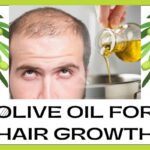Straightening hair is a popular way to style hair, but it can cause hair dandruff and damage to the hair if done incorrectly. You should think about the possible effects of using a hair straightener on your scalp whether you have curly hair or sleek. We will investigate whether using a hair straightener causes dandruff in this tutorial. We will also go over natural hair and scalp care techniques to keep your hair looking great.
1: Dandruff?
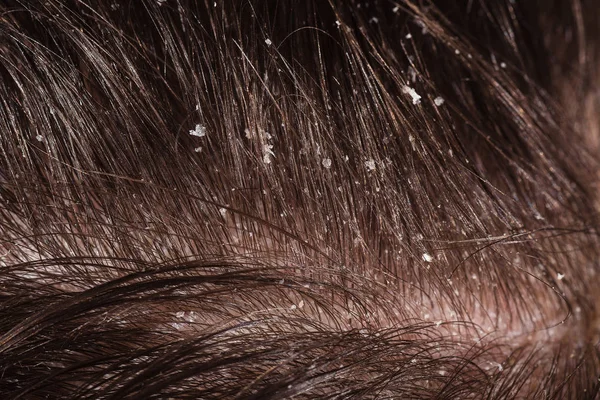
The symptoms of dandruff, a common scalp ailment, include skin flaking and itching. It results from the scalp’s skin cells shedding more quickly than usual. Dandruff can be caused by fungal infections, dry skin, irritation from hair products, and any type of hair. Knowing the definition of dandruff will help you answer the question, “Does a hair straightener lead to dandruff?”
2: Can Straightening Cause Dandruff?
When it comes to teen hairstyles, straightening hair is popular but requires care. Using a hair straightener can impact both your hair and scalp. If you’re wondering whether straightening can cause dandruff, here’s what you need to know:
1: Scalp Dryness:

Hair straighteners’ high temperatures can deplete the scalp of its natural oils, causing flakiness and dryness. This could appear like dandruff. Regular usage of a hair straightener can worsen these problems and increase the visibility of dandruff.
2: Heat Damage:

Using a hair straightener on a regular basis might harm your hair and scalp. The natural barrier of the scalp is weakened by heat, increasing the risk of dryness and discomfort. This further raises the issue, “Does a hair straightener lead to dandruff?” as it may increase dandruff and other scalp diseases.
3: Product Buildup:
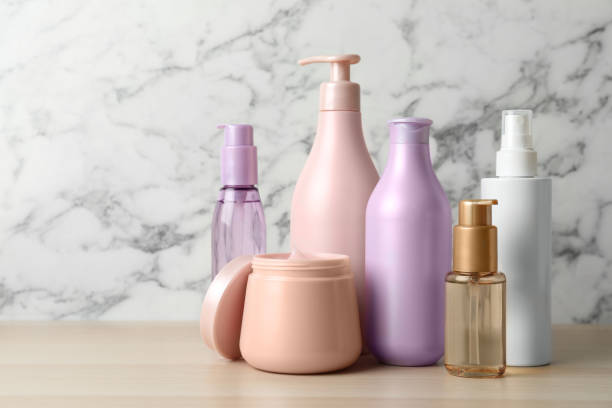
A lot of people use hair products on their hair before using a straightener. These products may remain on the scalp and cause irritation and dandruff if they are not completely removed. This link shows why it’s important to think about if using a hair straightener causes dandruff.
3:Tips to Straighten Your Hair Without Causing Dandruff
To minimize the risk of dandruff while using a hair straightener, follow these tips:
1: Use a Heat Protectant:

Before using a hair straightener, mist your hair with a heat protectant spray. This protective layer decreases the chance of dandruff and helps in preventing moisture loss. In order to answer the question, “Does a hair straightener lead to dandruff?” a heat protector is a must.
2: Keep the flat iron on a lower setting:

Choose the right temperature for your hair type while using a hair straightener. Use a lower temperature (300°F to 320°F or 150°C to 160°C) for fine or damaged hair. A higher temperature (320°F to 350°F, or 160°C to 180°C) could be required for thicker hair. Maintaining this range of temperatures reduces the chance of developing dandruff and heat-related damage.
3: Limit Frequency:

Do not use your hair straightener on a daily basis. Dandruff is more likely to occur when hair is styled with excessive heat because of cumulative damage. To help your scalp heal and lower your chance of developing dandruff, only straighten your hair 1 to 2 times a week.
4: Be gentle when straightening your hair:

Use a heat protectant and glide the straightener smoothly to minimize breakage and maintain hair health. This prevents unnecessary pulling and reduces stress on your hair, helping to keep it strong and shiny.
5: Apply Oil After Straightening:

Restoring moisture and minimizing dryness can be achieved by using oil after straightening. Choose a thin oil to prevent greasiness. In direct response to the question, “Does a hair straightener lead to dandruff?” this approach helps manage dryness that may contribute to dandruff.
6: Incorporate Dry Shampoo Correctly:
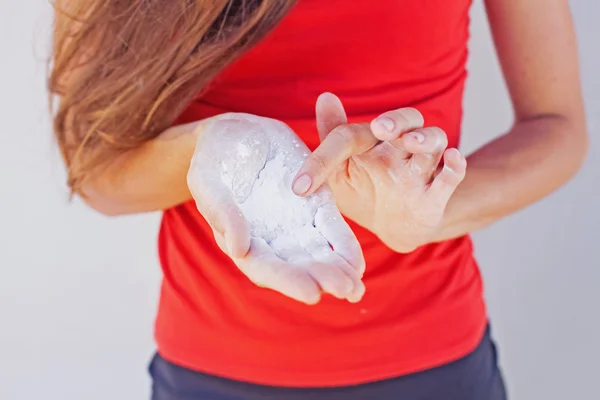
Before straightening, use dry shampoo to absorb extra oil and stop accumulation. Applying it just after straightening could leave behind residue that harms your style and even irritates your scalp, which could result hair dandruff.
4: How to Take Care of Your Hair and Scalp Naturally
To keep your hair and scalp healthy and prevent dandruff, follow these natural care tips:
1: Regular Scalp Cleansing:
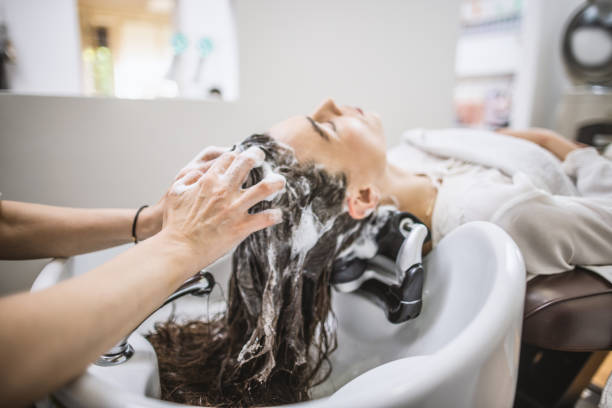
Utilize a mild shampoo appropriate for your type of scalp. In answer to the question, “Does a hair straightener lead to dandruff?” regular cleansing helps remove excess oil and product buildup.
1 .Sulfate-Free Shampoos:
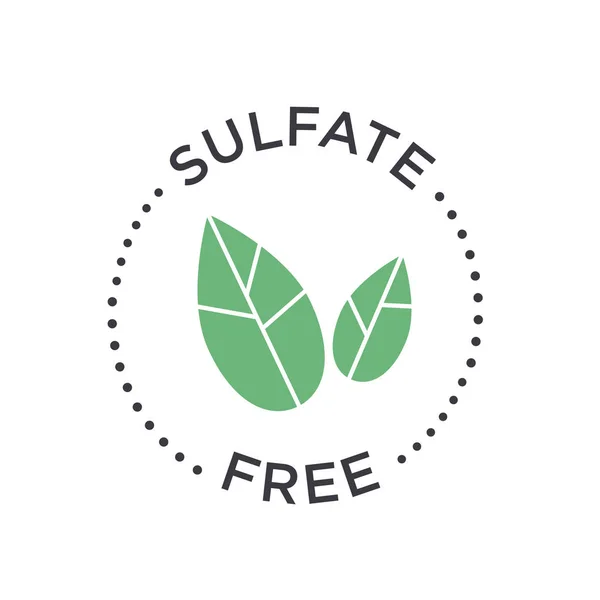
For sensitive or dry scalps, choose sulfate-free shampoos to cleanse without stripping essential oils.
2. All-natural Ingredients:

Select products that contain chamomile, tea tree oil, or aloe Vera to keep the scalp hydrated and soothed.
3. Washing Frequency:

To prevent drying out your scalp and hair, wash no more than two or three times per week. Adapt according to your lifestyle and kind of hair.
2: Hydrate and Nourish:
To keep your hair hydrated, use hair masks and deep conditioning treatments in your routine. Dandruff can be prevented and scalp moisture levels can be maintained with the use of natural oils like coconut, jojoba oil or argan oil.
1. Argan oil:

Because it contains a lot of vitamin E and important fatty acids, argan oil is a great moisturizer for the scalp and hair. It reduces frizz and shields your hair from heat damage while also hydrating, strengthening, and adding shine.
2. Coconut Oil:

Coconut oil is well-known for its ability to deeply moisturize hair by penetrating the hair shaft and retaining moisture and protein. Additionally, because of its antibacterial qualities, it can help maintain a healthy and dandruff-free scalp.
3. Jojoba Oil:

Jojoba oil is a fantastic alternative for balancing oil production because of its structural similarity to the natural sebum produced by your scalp. It can help unclog hair follicles, which is very advantageous for avoiding dandruff and encouraging hair growth, and moisturizes the scalp without making it greasy.
3:Reduce Over-Styling:

Minimize the use of heat styling tools to prevent damage. Embrace natural hairstyles or use protective styles that don’t require heat. Reducing the frequency of straightening can help prevent dandruff and other scalp issues.
1. Heat Protection:

To protect your hair from high temperatures, use a heat protectant spray before styling. This lessens damage and keeps moisture from escaping.
2. Limit Heat Exposure:

Don’t Use Heat Tools Every Day. Give your hair time to heal instead by using heat to style it just a few times a week and, whenever possible, going for heat-free looks.
3. Alternative Styles:
Long-term usage of heat-producing gadgets such as straighteners, curling irons, and blow dryers can lead to dry, brittle, and unhealthy hair. Whether you’re avoiding heat to protect your hair or you just want to try new things, there are plenty of ways to achieve great hairstyles without using heated tools. Braided hairstyles are incredibly adaptable and may be styled to suit any mood, event, or individual preference.

4: Maintain a Healthy Diet:

A balanced diet rich in vitamins and minerals supports scalp health. Include foods high in omega-3 fatty acids, iron, and vitamins A and E to nourish your hair and prevent dandruff.
5: Regular Trims:

Trim your hair regularly to remove split ends and prevent further damage. This helps maintain healthy hair and reduces the risk of dandruff.
5: FAQs About Hair Straightening and Dandruff
1: Does a hair straightener lead to dandruff and hair loss?
Indeed, using a hair straightener frequently might cause dandruff and hair loss. Your scalp may become dry and frizzy as a result of the intense heat depriving it of its natural oils. Use a heat protectant and maintain a hydrated scalp to lessen this.
2: What Temperature Should You Straighten Your Hair At?
A temperature range of 300°F to 350°F (150°C to 180°C) is good for most hair types. In response to the query, “Does a hair straightener lead to dandruff?” this line effectively straightens hair while minimizing heat damage.
3: Can I apply oil after using a hair straightener
Yes, putting oil on your hair after you straighten it can help replenish moisture and lessen dryness. Pick a thin oil to prevent greasiness. This lessens the dryness that could otherwise lead to dandruff
.4: Should I use dry shampoo before or after straightening?
Before using a hair straightener, use dry shampoo to absorb more oil and minimize buildup. Using it just after straightening can leave behind residue that could ruin your hairdo and exacerbate dandruff.
.5: Does low iron contribute to dandruff?
Dandruff and dry scalp can be caused by low iron levels. Consume enough iron through your food or supplements to help maintain the health of your scalp and lessen dandruff.
6: Does Straightening Curly Hair Damage It?
Yes, regular or high-temperature straightening of curly hair can cause damage by causing split ends, breakage, and dryness. Minimizing this damage can be achieved by lowering the temperature and applying a heat protector.
7: how often can i straighten my hair?
To prevent excessive heat damage, it’s advisable to straighten your hair no more than twice or three times every week. Your hair will stay stronger and in better condition if you give it time to recuperate in between straightening sessions
8: how to remove hair straightening?
Just use a clarifying shampoo to wash your hair and get rid of any product deposit if you want to take out hair straightening. You might need to apply a deep conditioning treatment to restore moisture and lessen any remaining effects in order to remove it more thoroughly.
Final Words
You may have smooth, straight hair while reducing damage and keeping your scalp healthy by according to these recommendations and answering the question, “Does a hair straightener lead to dandruff?” Maintaining the finest possible look and feel for your hair requires striking a balance between heat styling and natural hair care methods.






